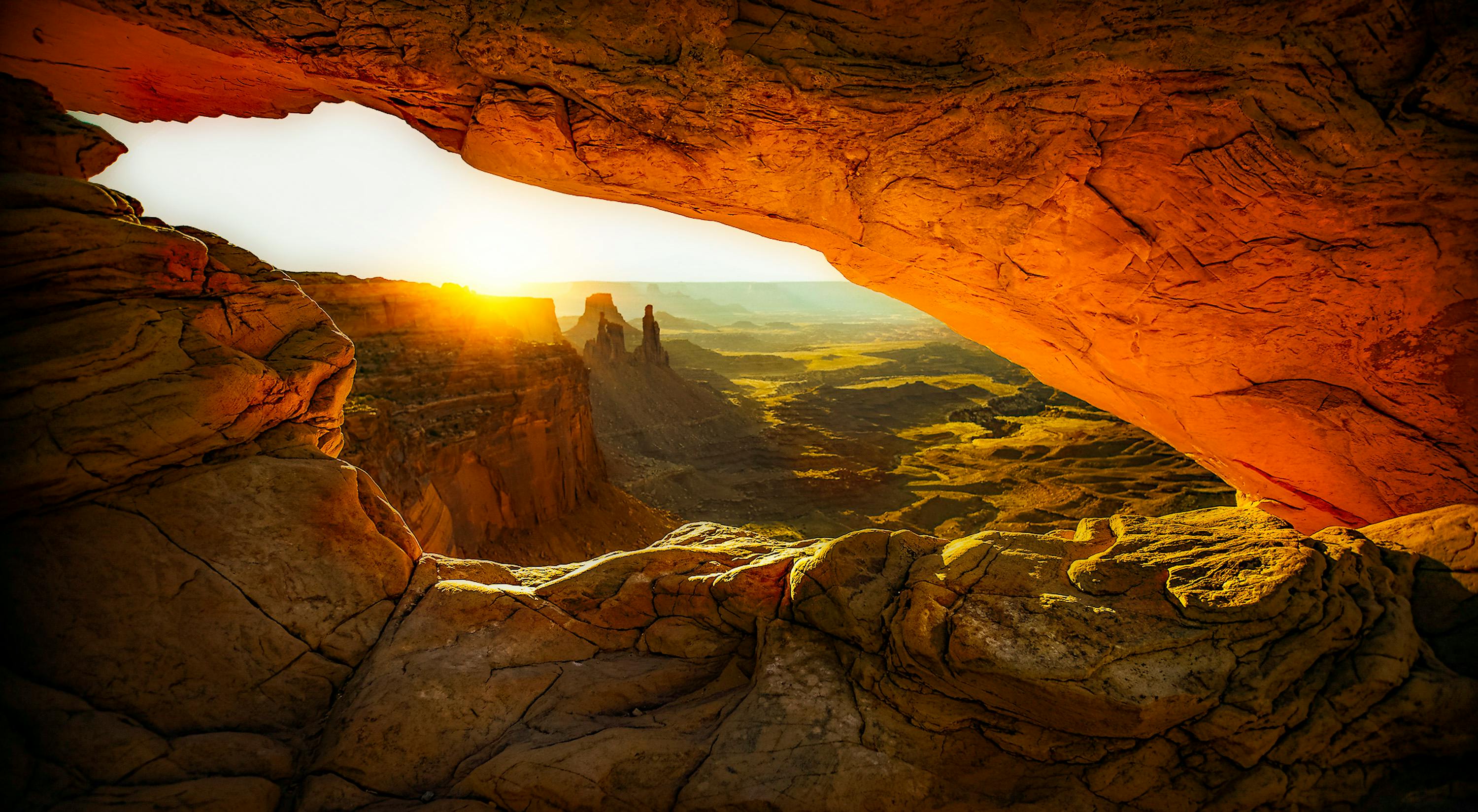Black and naked (except for a necklace of 50 human heads), with wild hair and a sticking out tongue, Kali certainly knows how to make an entrance! Wielding a sword and a human head in her two left hands, she destroys everything in her path and then dances maniacally on top of the dead. With terror, wonder and morbid fascination, we look at each other. Does she fight or fly?
But how can we fight against her who destroyed everything we thought we knew? Cut to the core, how can we run? It doesn’t matter: in a battle against the universe itself, where would we run? The old instincts kick in, but they no longer serve. When Kali appears, life as we knew it ceases to exist.
As an intuitive practitioner and life coach specializing in transitions, I get a lot of “post-Kali” calls. Individual traumas vary: life-threatening illnesses, disabling injuries, divorce, job loss, natural disasters, financial emergencies, or sometimes even more disturbing, an uncanny feeling that things are about to change. (Kali calls ahead with her party plans.) Despite the variations, these experiences have one thing in common: they demand attention. Little warnings, gentle nudges, intuitive pokes, or minor traumas didn’t do the trick, Kali has them. Distractions, whether silly or fancy, are no match for total annihilation.
To begin rebuilding, we must first examine the destruction. Doing so takes courage. Although we ultimately have to look at the mess ourselves, it helps to have a Kali survivor involved in the inspection process. Someone who has already faced Kali knows the pain of loss in a way that well-meaning friends or family members sometimes cannot understand.
There are losses and then there is what I call a “Kali loss”: the feeling that all of our reality was an illusion and nothing real remains. This feeling does not respond to typical methods of encouragement because those methods also reveal its illusory nature. Alone and afraid, we yearn for the deep and unchanging truth. Anything less only adds to the overwhelming carnage. Most people can’t afford to witness this level of destruction because doing so could unravel their own comfortable sense of reality. They instinctively put up walls to protect themselves, fighting us when we try to share the magnitude of our experience. When our usual support system fails, we’re supposed to go in, but the inside is a scary mess right now.
We cry out to the universe for help and Kali herself arrives, in the form of someone who has already witnessed her own destruction and rebuilding. Someone who honors the beauty and life-giving power of such experiences. Someone who can afford to look at our mess because their reality has already come crashing down and put back together in a powerfully expansive way. Not attached to our previous conceptions or enculturations, he/she can more quickly and easily filter through the rubble, drawing our attention to the pieces ready for new construction. It also helps us to look Kali in the face, acknowledging our own prayers for change and the ability to manifest the answers. When, paradoxically, we turn to Kali for help, she reveals herself not only as a destroyer but as a Mother-Creator.
Initially, we may find Mother Kali in a book, a new synchronic friendship, a spiritual advisor, or a Life Coach, but eventually we begin to recognize her in ourselves. By witnessing our own destruction, we find those parts that cannot be destroyed. We find our Essence, “it” that defies all labels and cuts through everyone and everything. Kali’s black form absorbs all color and vibration: it contains everything. The sword and the head in her left hand symbolize the divine inspiration that demolishes our ego. The 50 human heads around her neck represent the 50 sounds of the Sanskrit alphabet, the root of all language. “In the beginning she was the Word and the Word was with God and the Word was God.” “But the Word is very close. It is in your mouth and in your heart so that you can do it.” We feel the Divine surging through the body, mind and spirit, and we too begin to dance. “Let the dead bury their own dead. Come, follow me.”
Only then do we notice Kali’s two right hands, ready to bestow blessings. As Mother, Kali does not shelter her children. She throws us into the fire and lets burn all illusion, enculturation and attachment. We scream as costumes turn to ash, railing against a universe that allows such suffering. And then it happens. We emerge from the fiery, blood-stained pit. Lighter, easier and full of Grace. We no longer fear death because we have already been through it. Signs of life dot the horizon as green shoots push their way through the now fertile soil. We learn that some trees will not plant seeds until the searing heat of the fire tears through their canopies. Pain and sadness are revealed as parts of Life. Freed from the constraints of fear and resistance, we can reveal ourselves in naked existence. Recreating ourselves in ways that express the fullness of our being. When the ego goes up in smoke, we turn inside out and let our Light shine.
Namaste.
